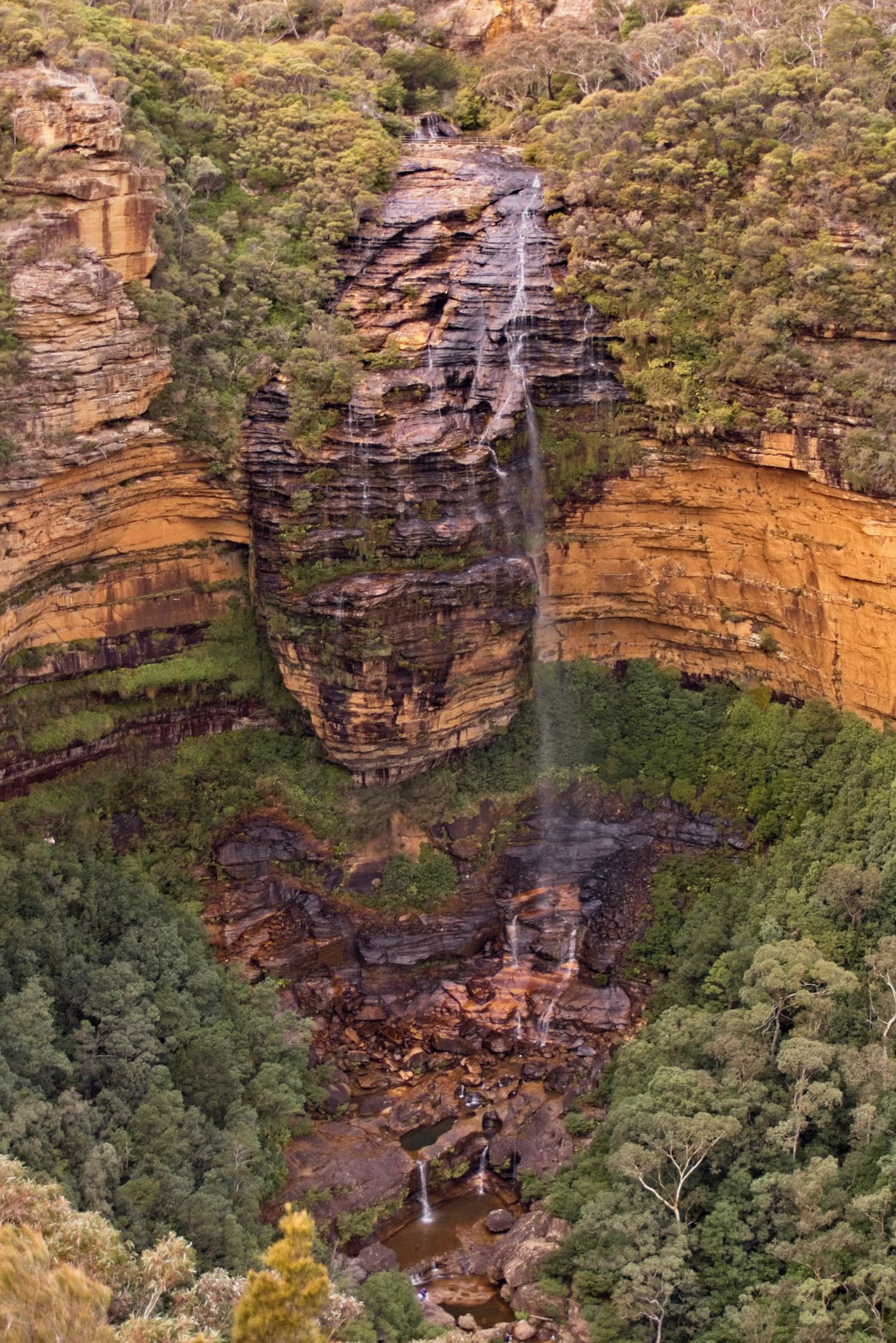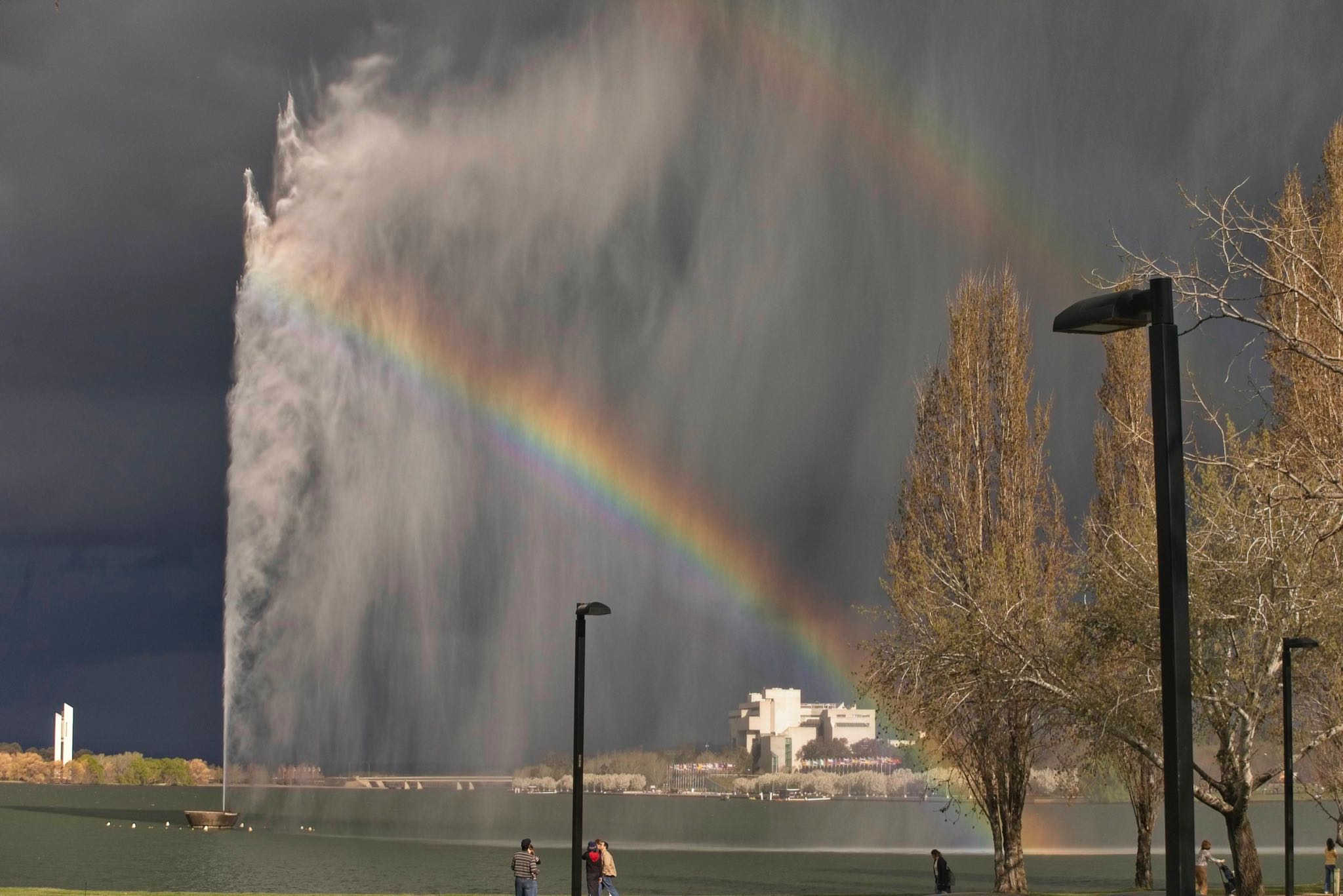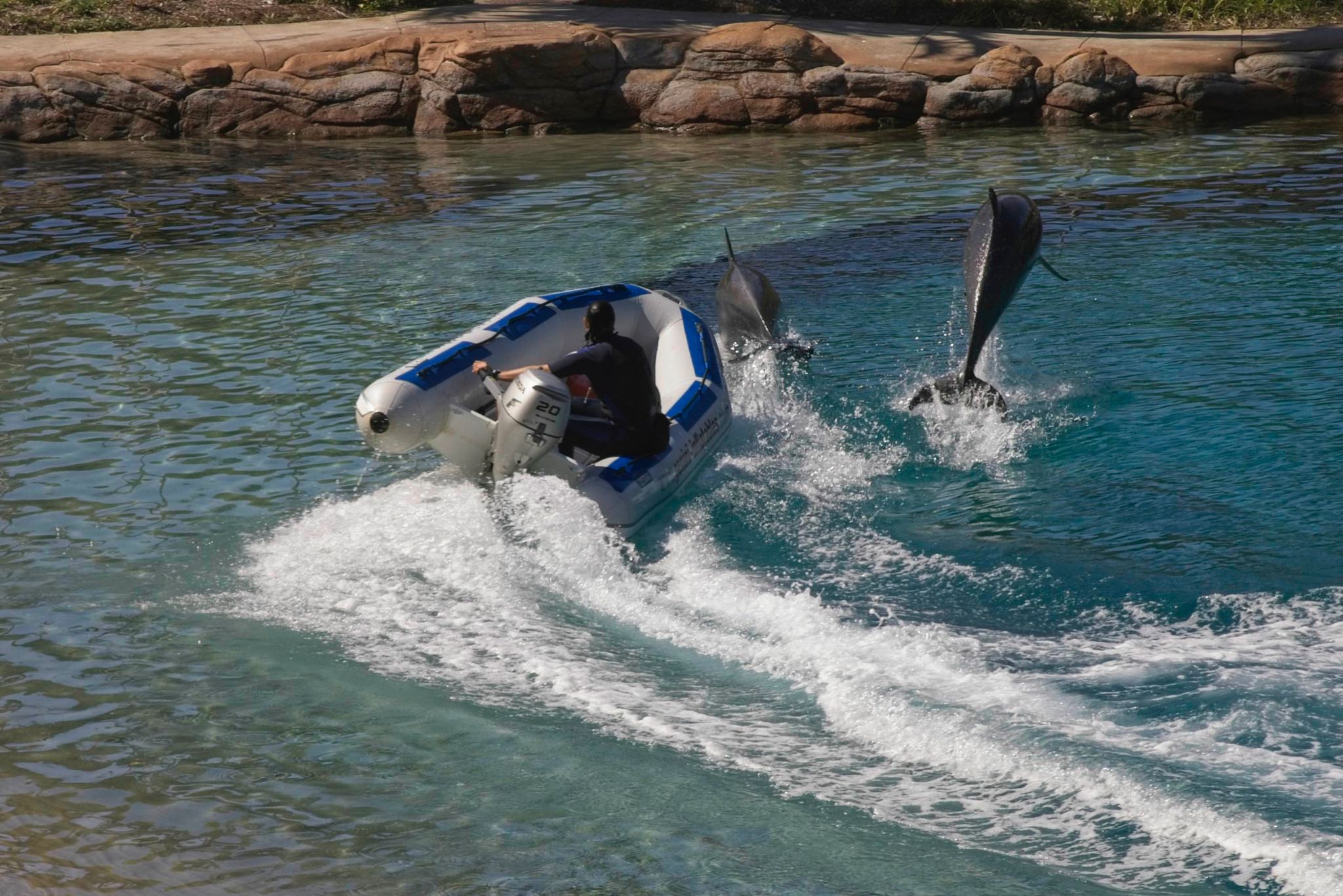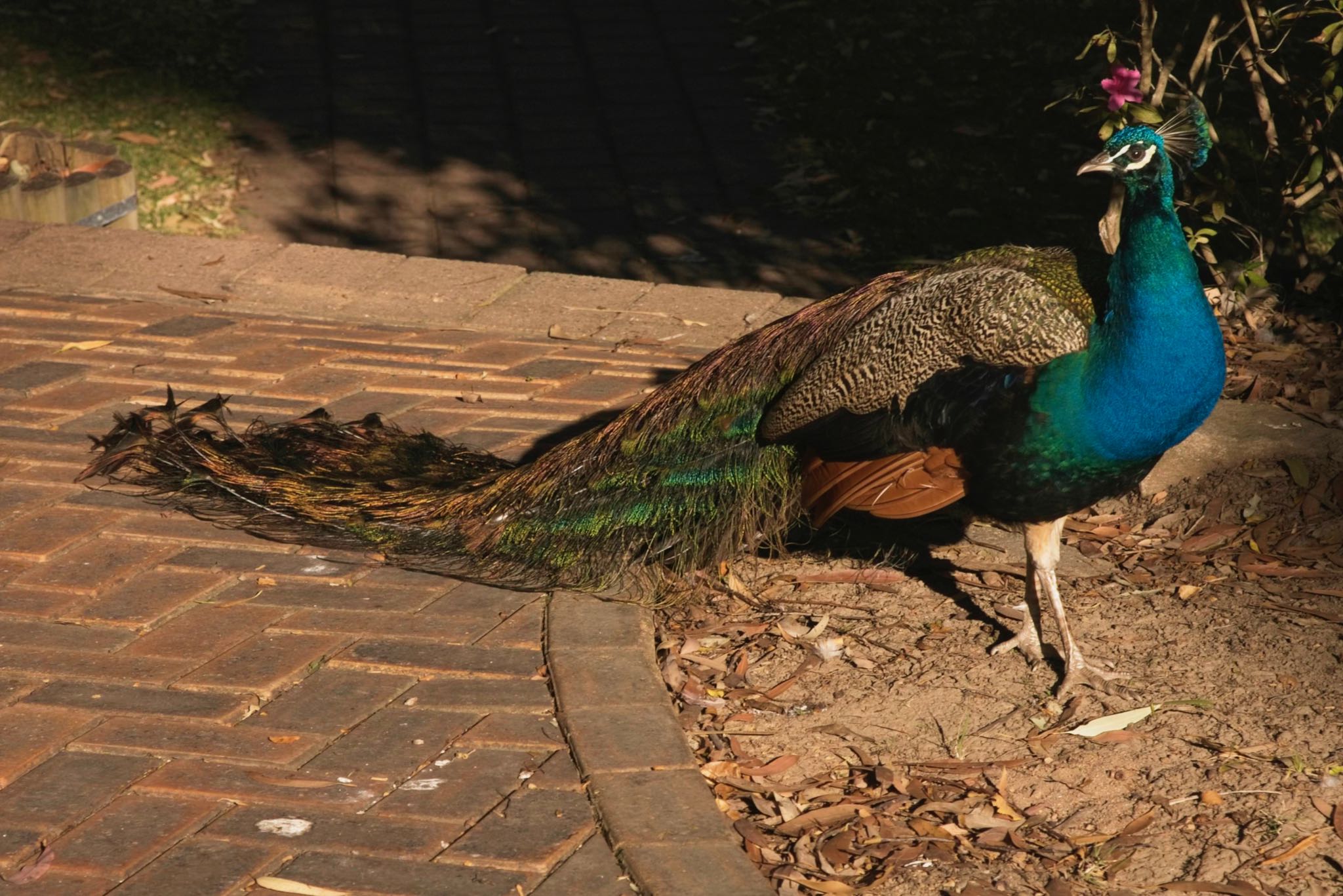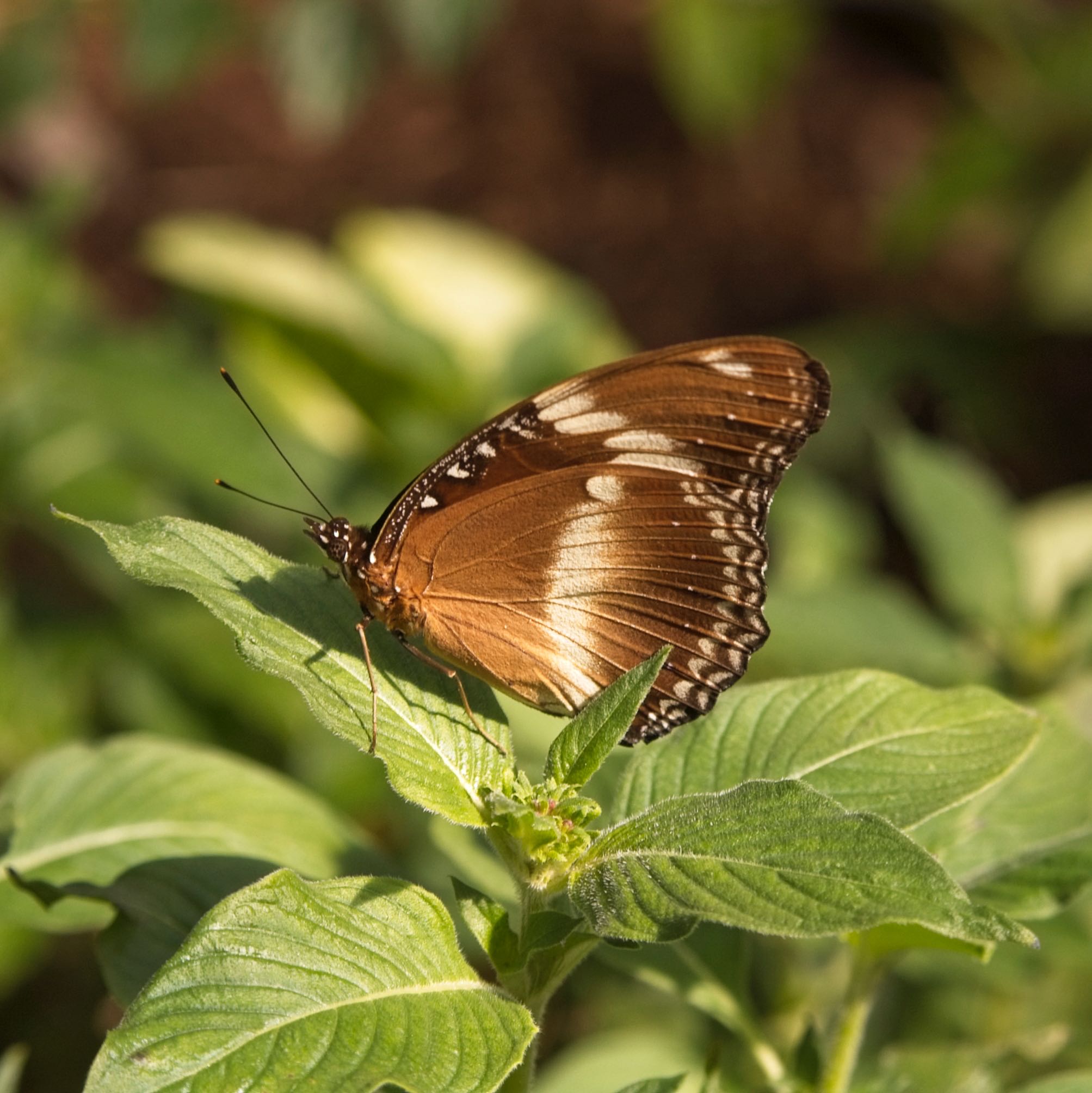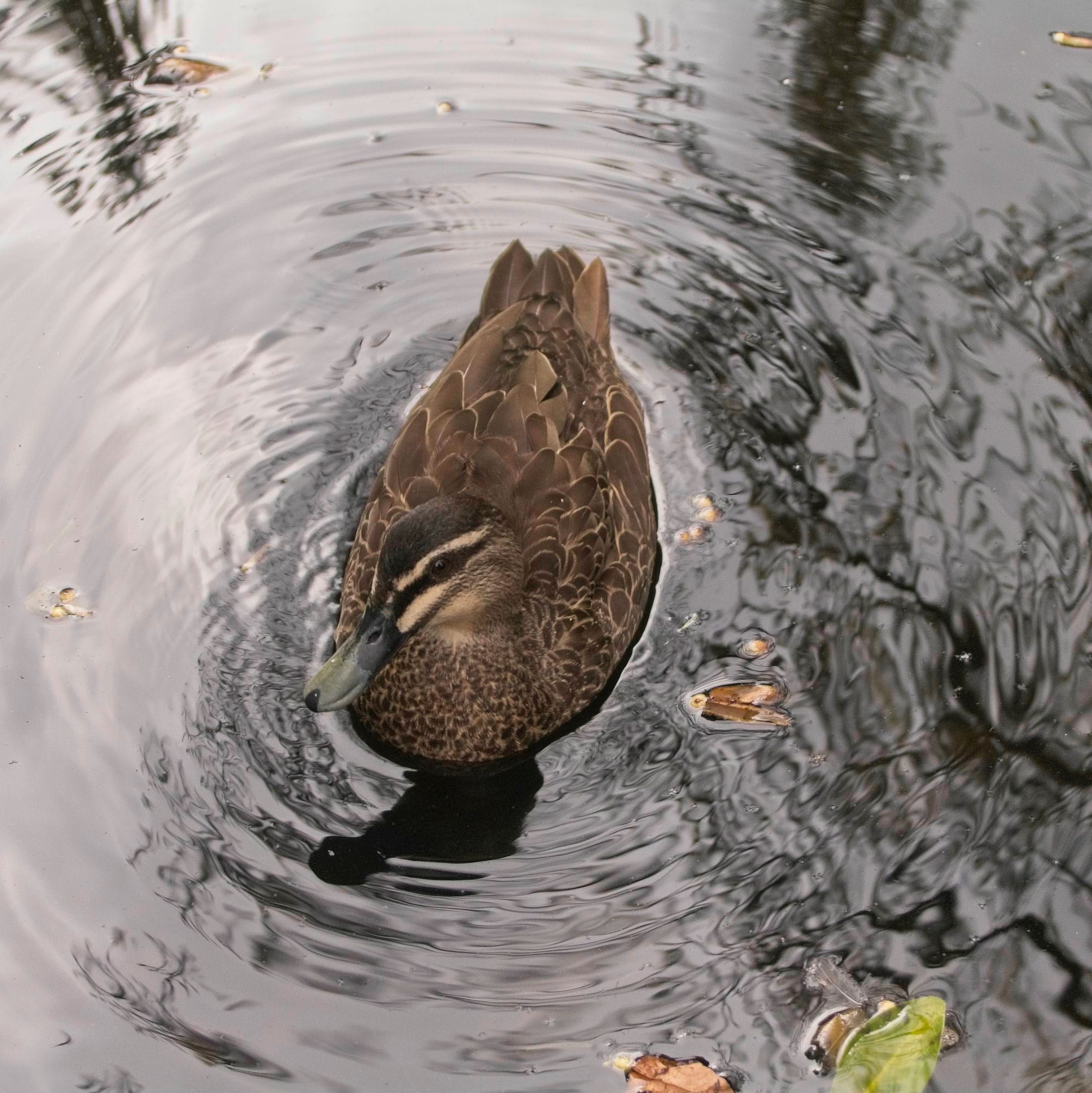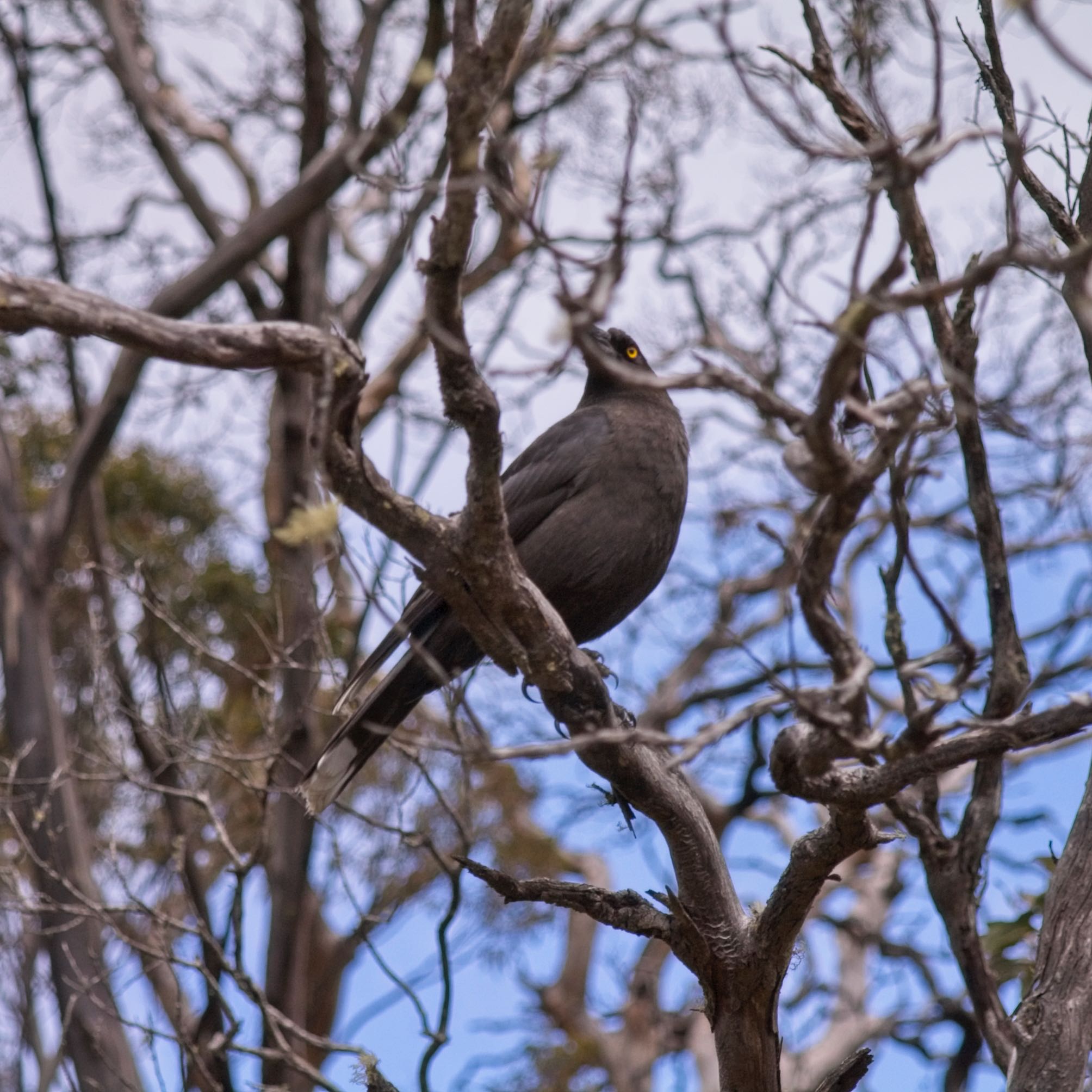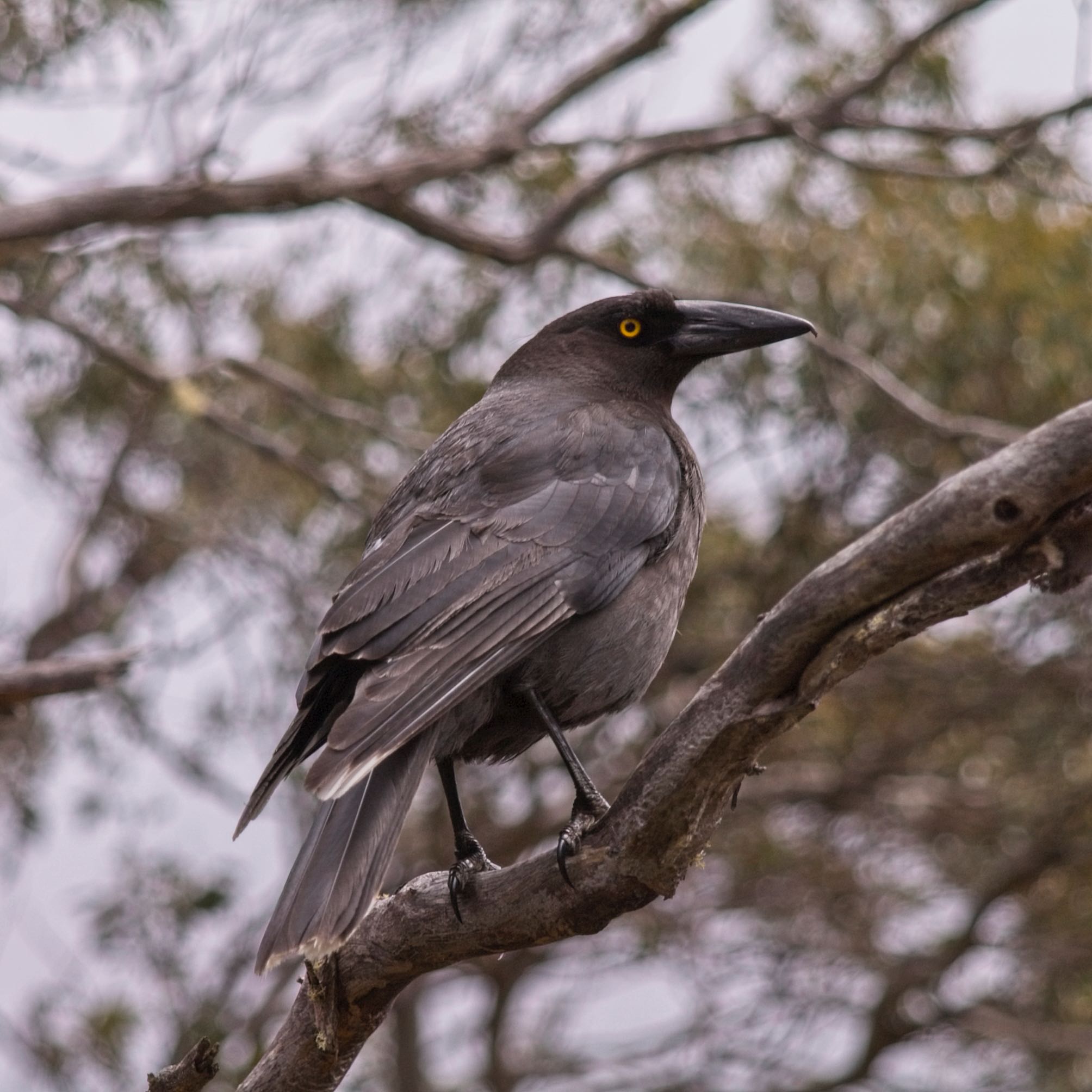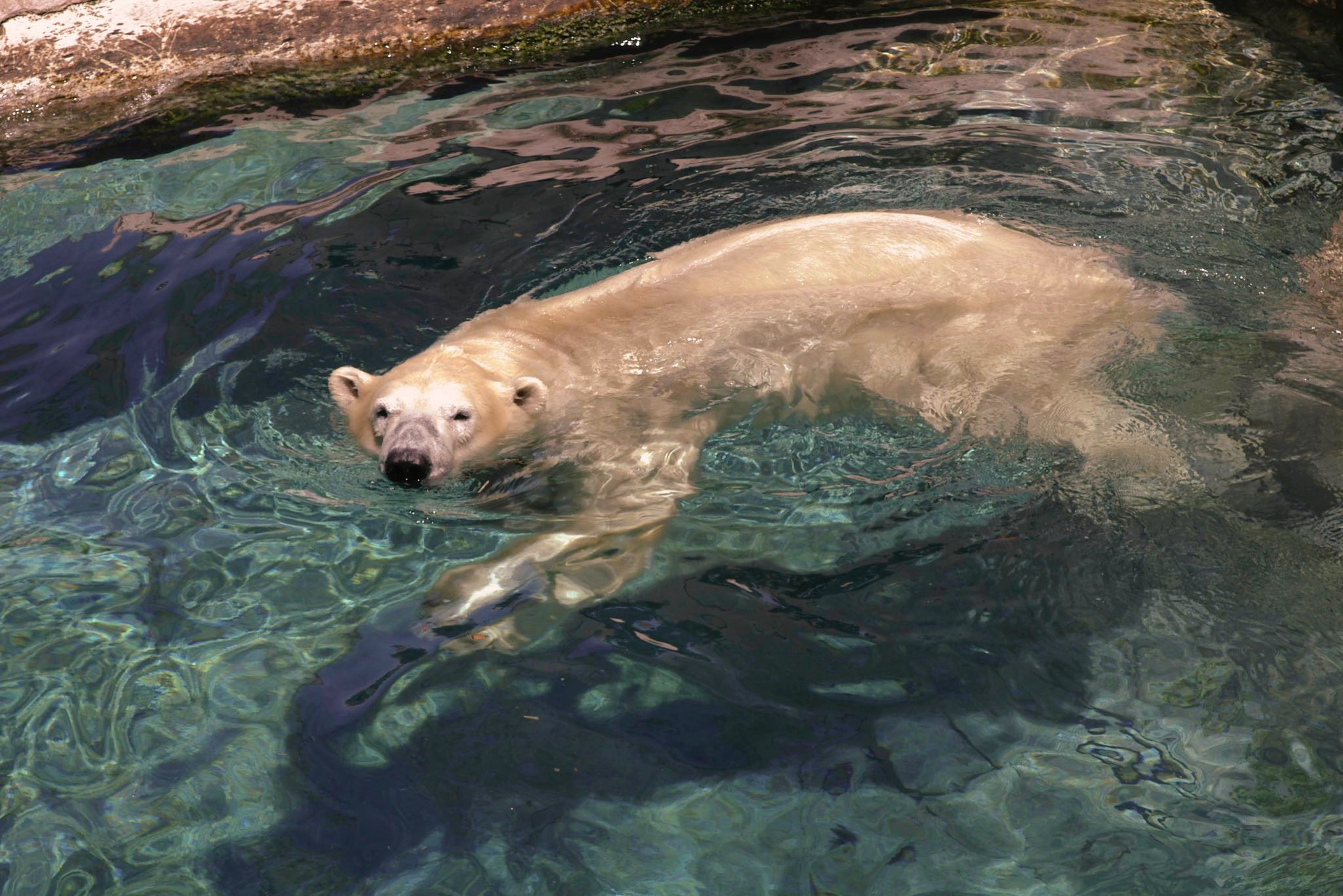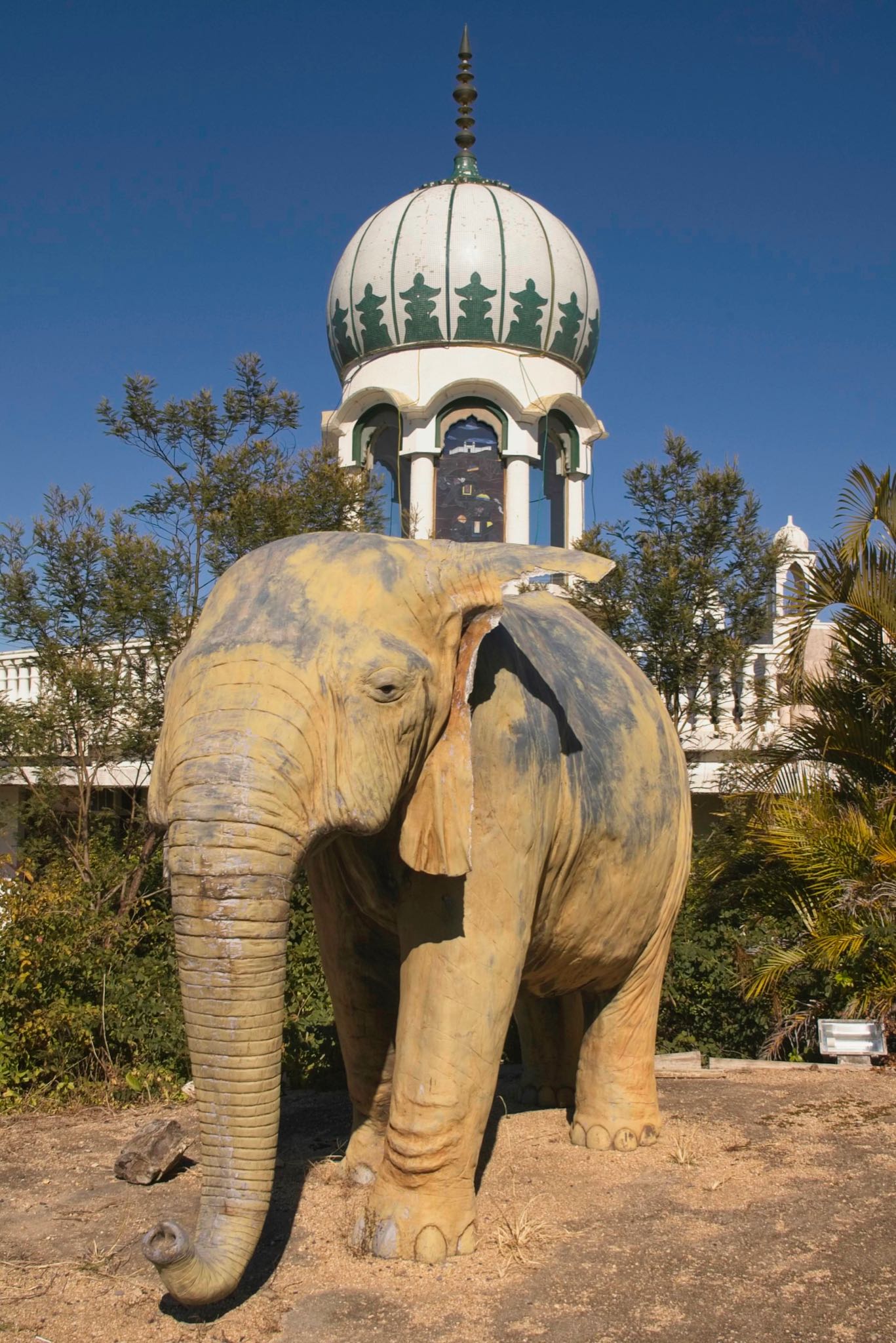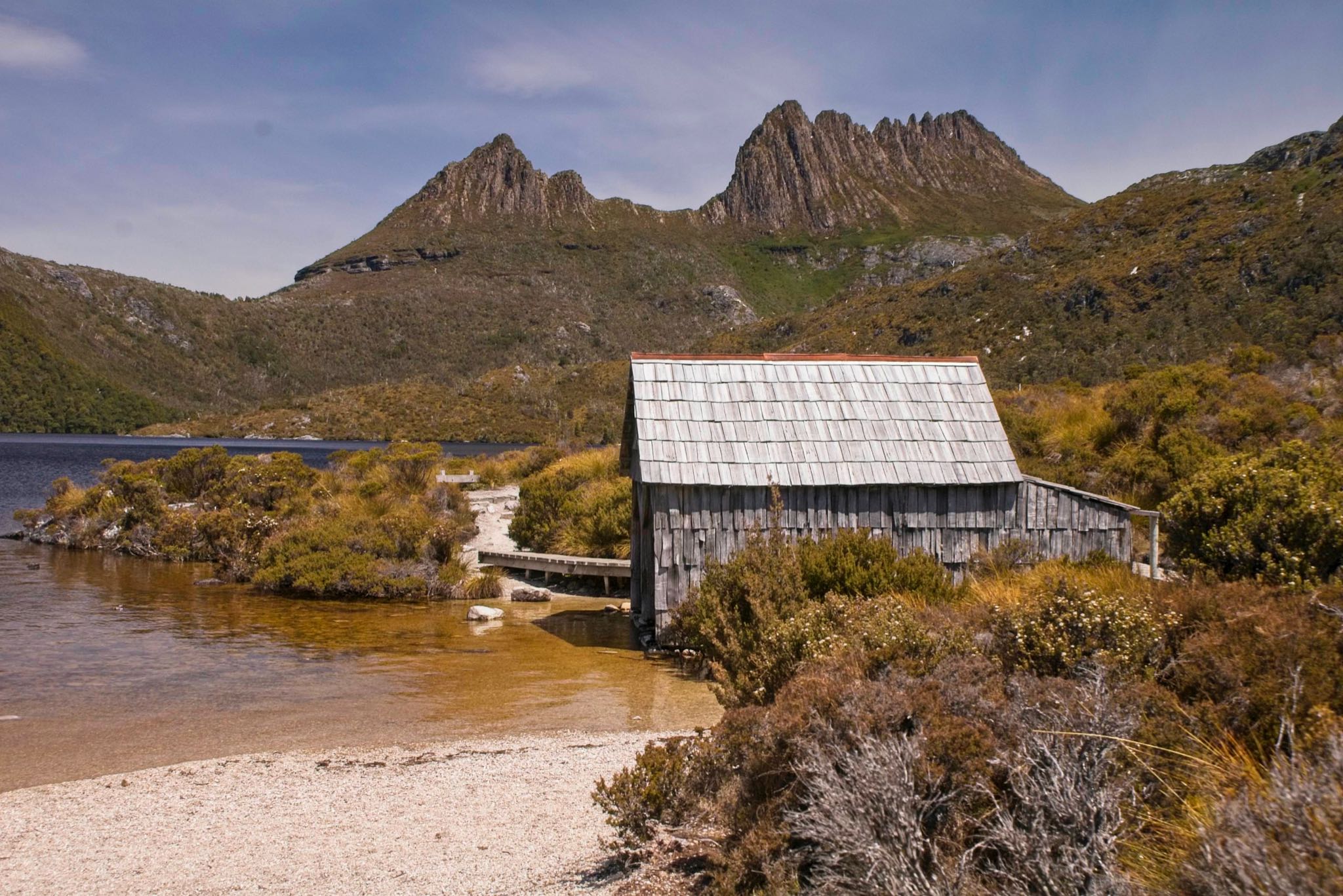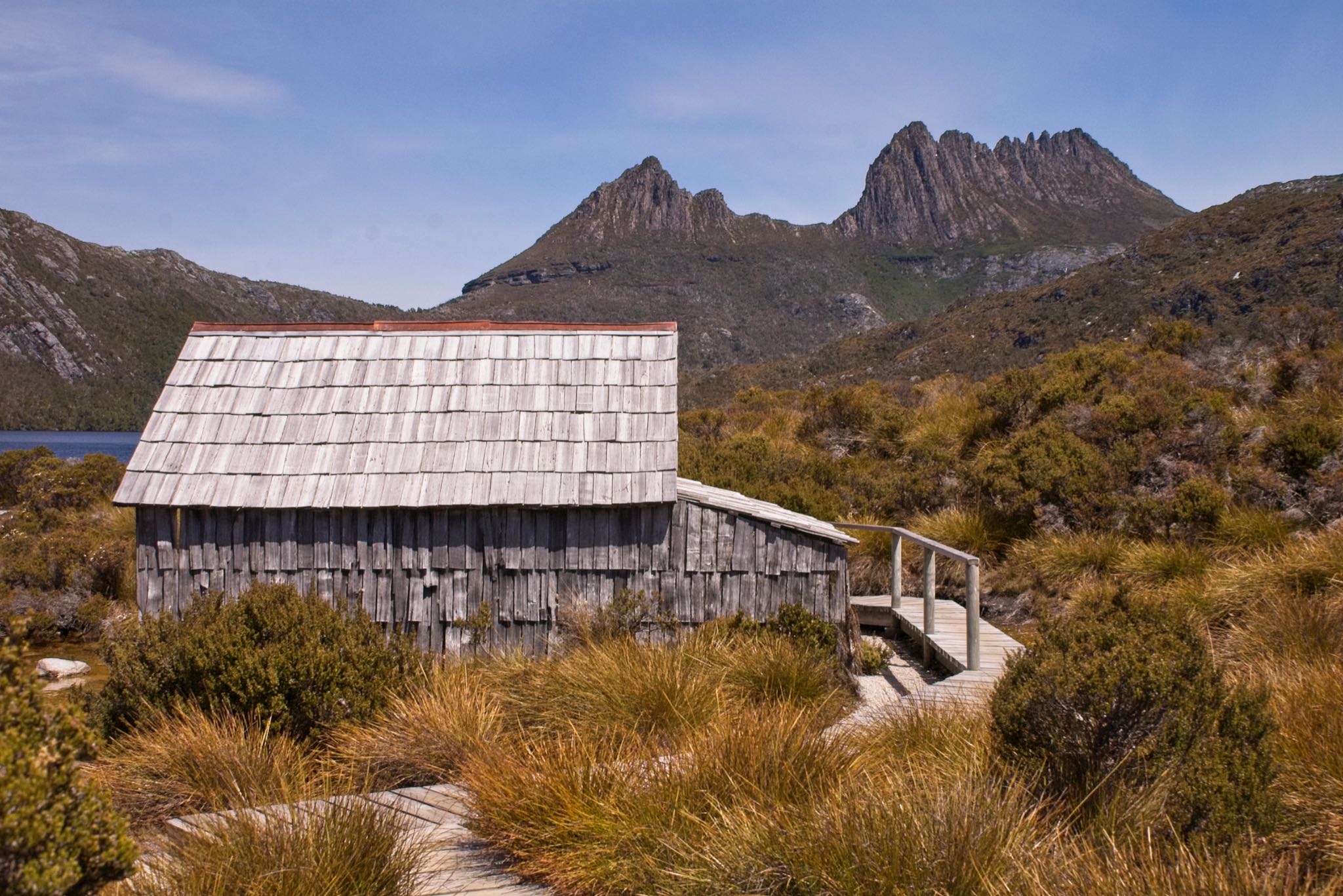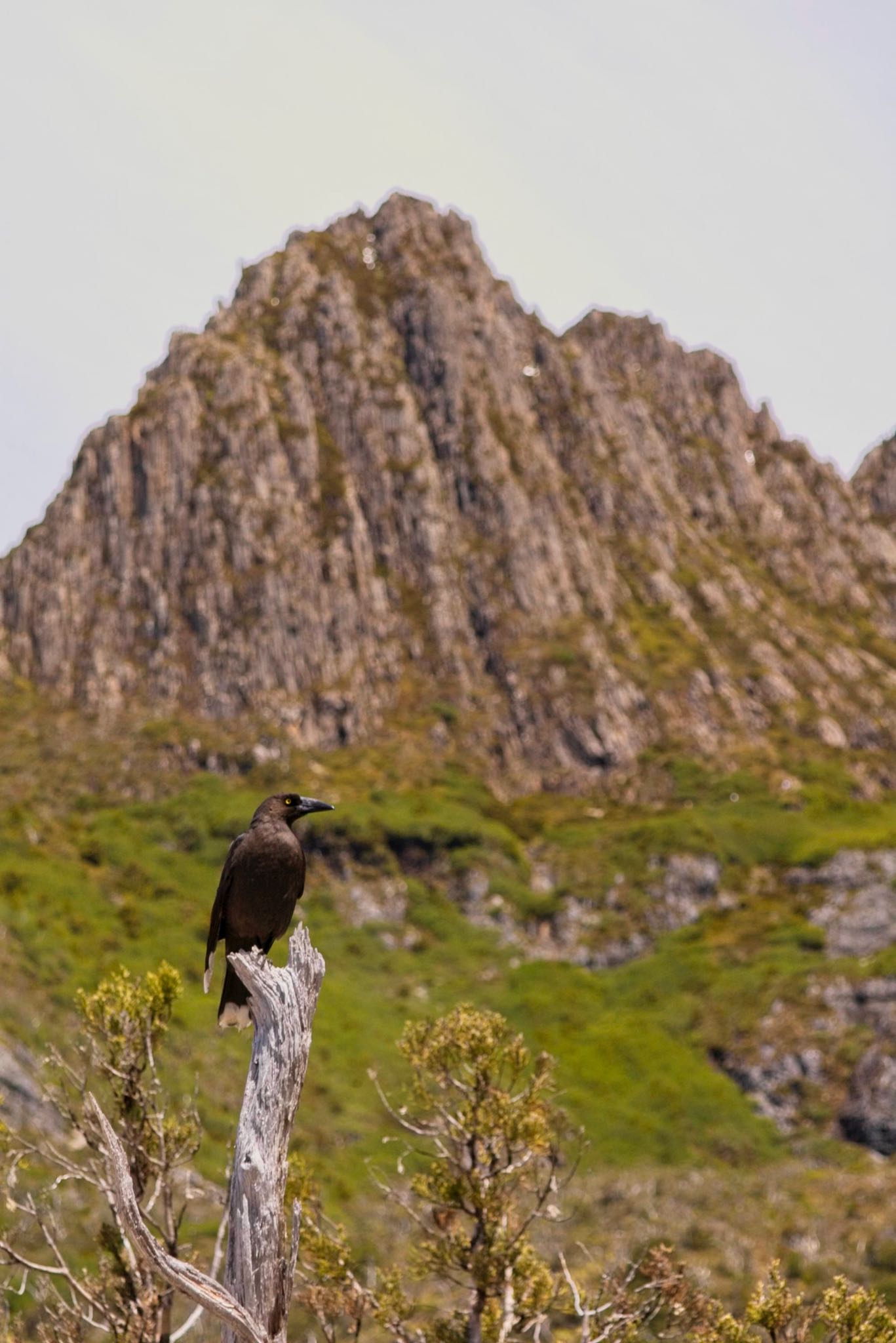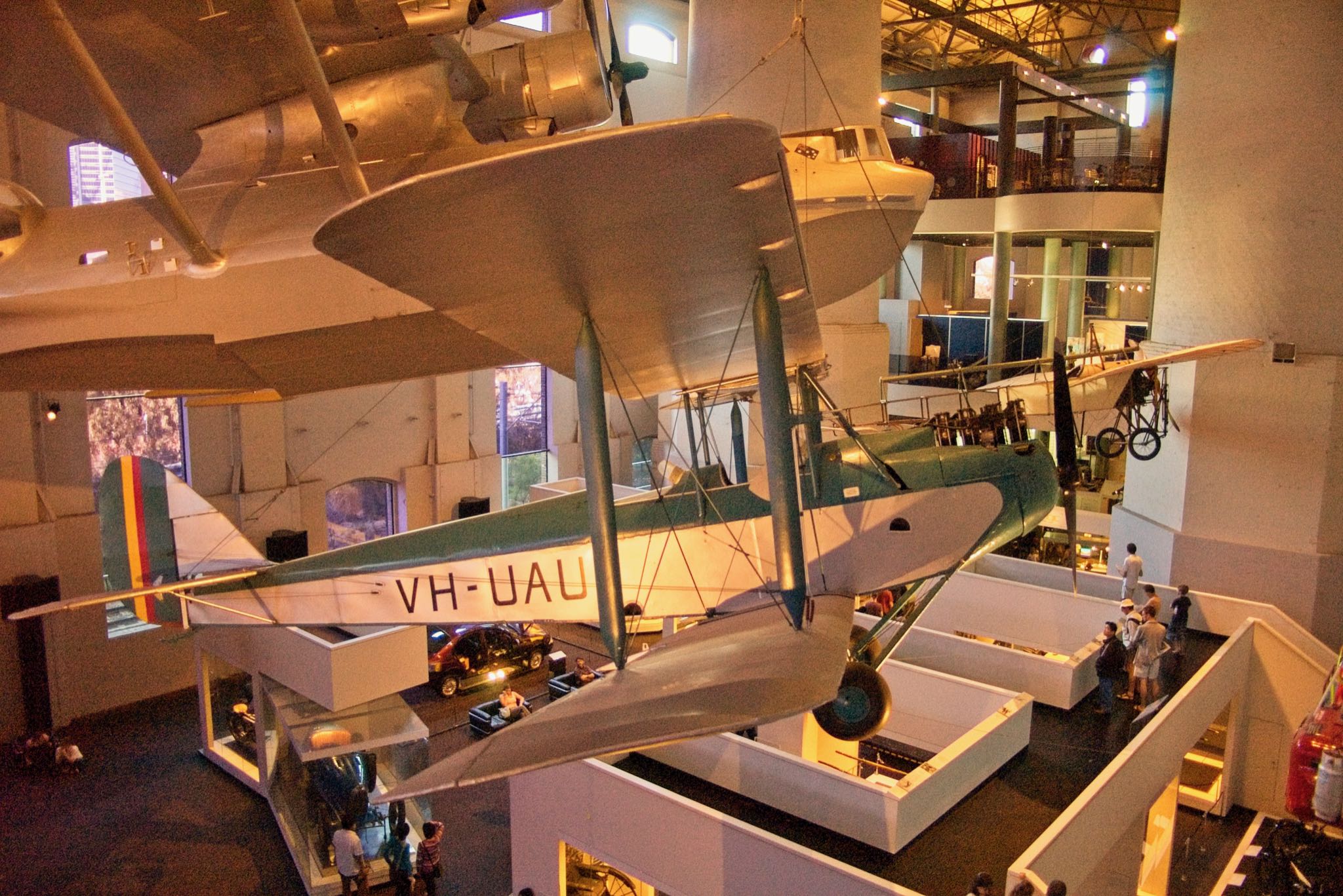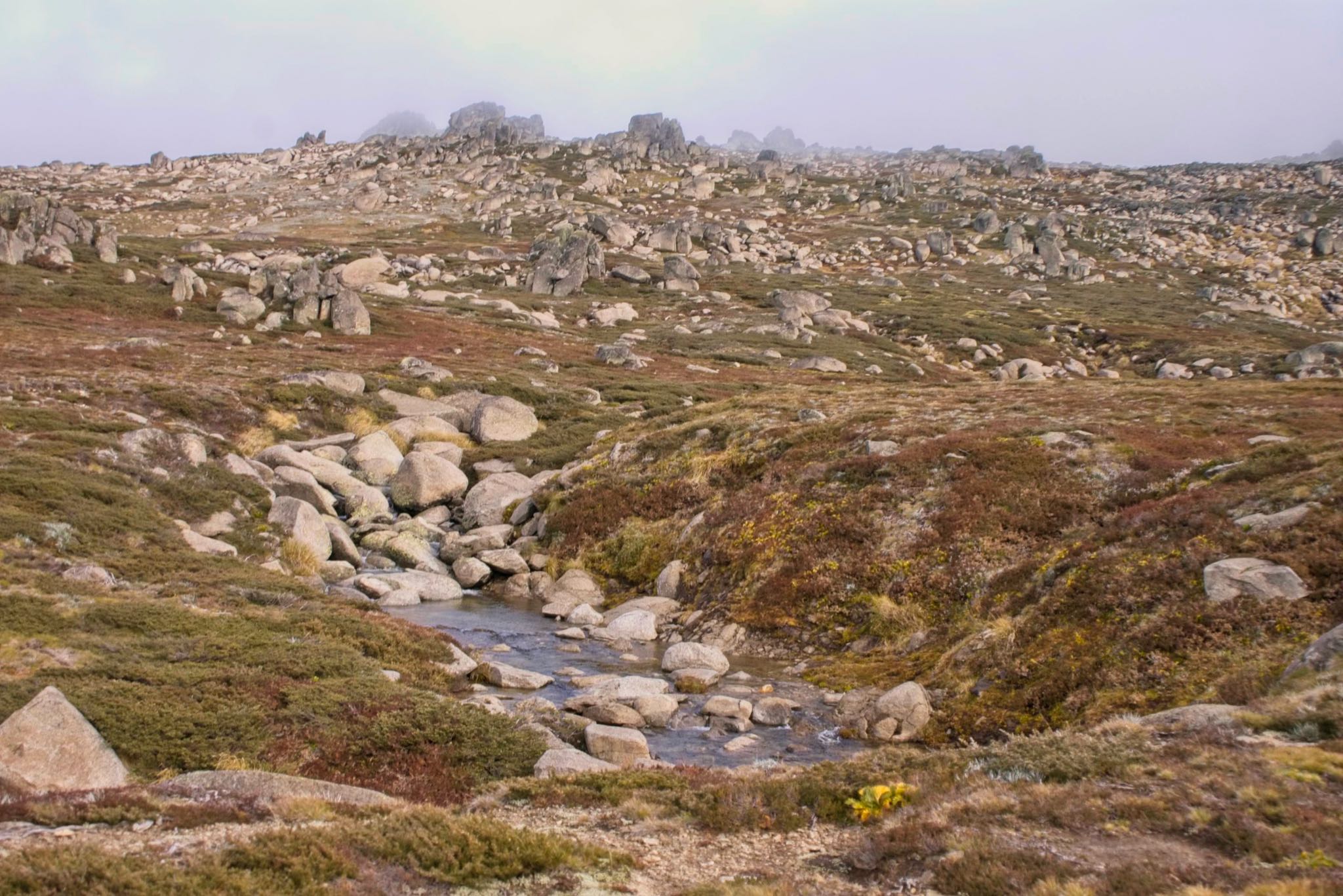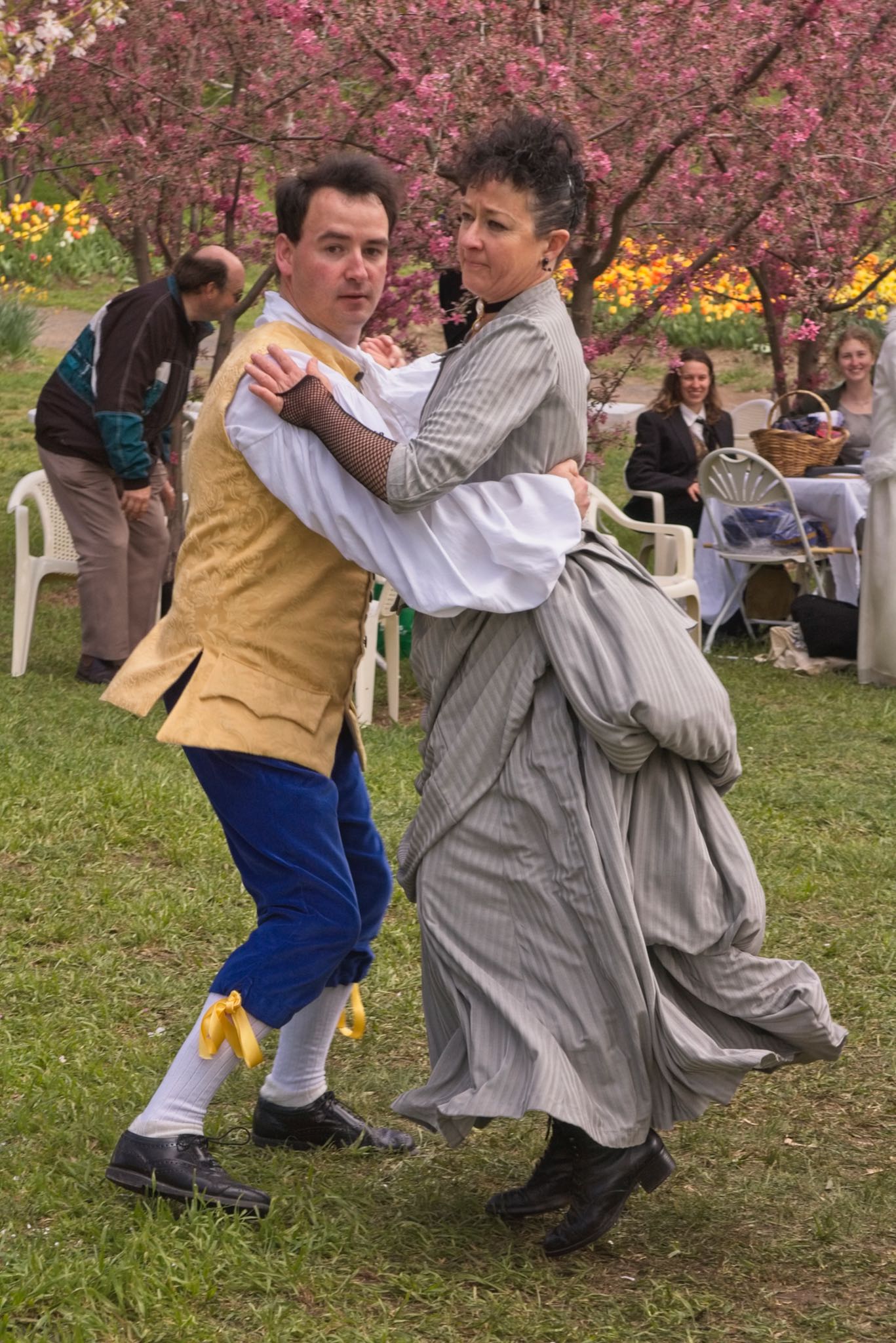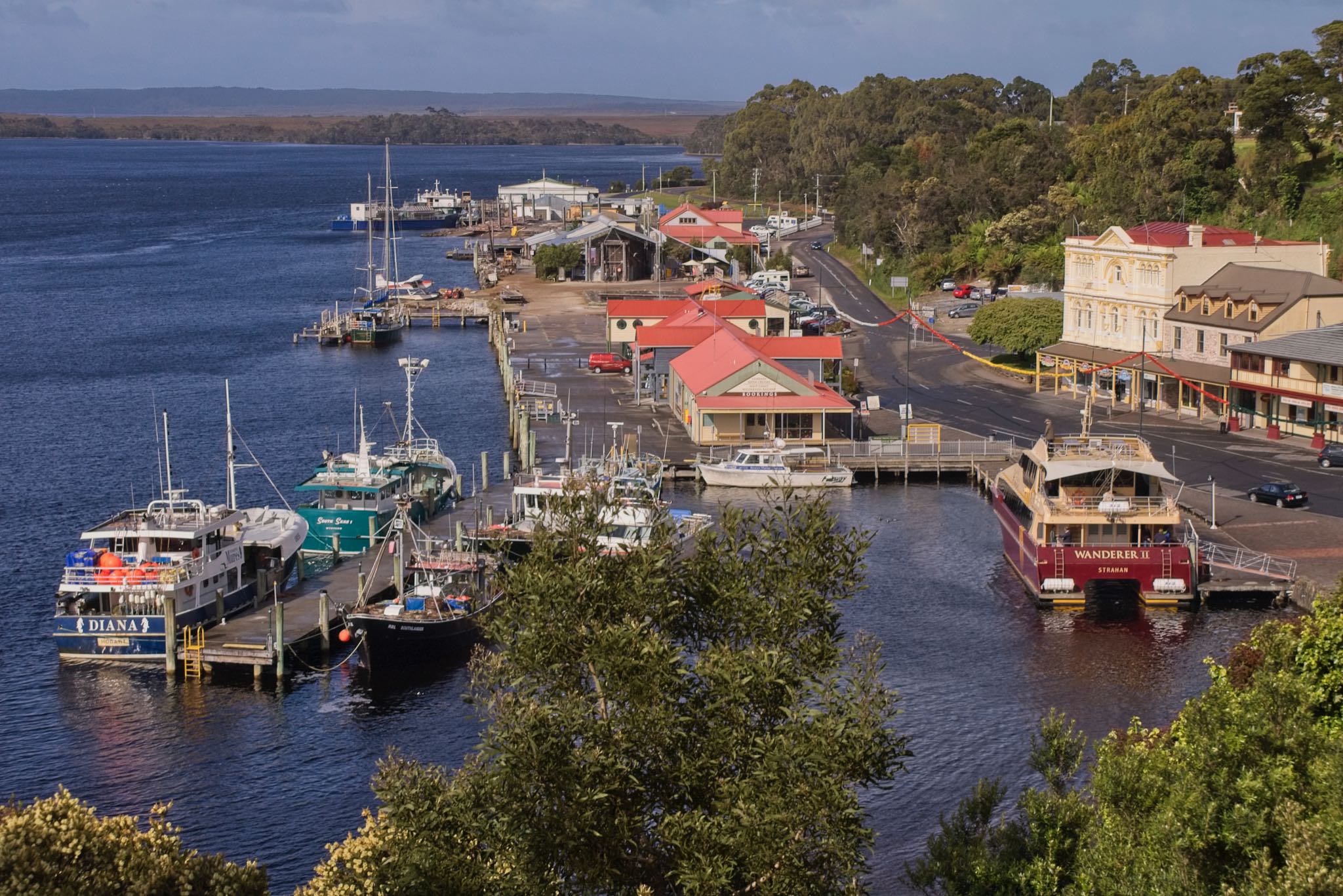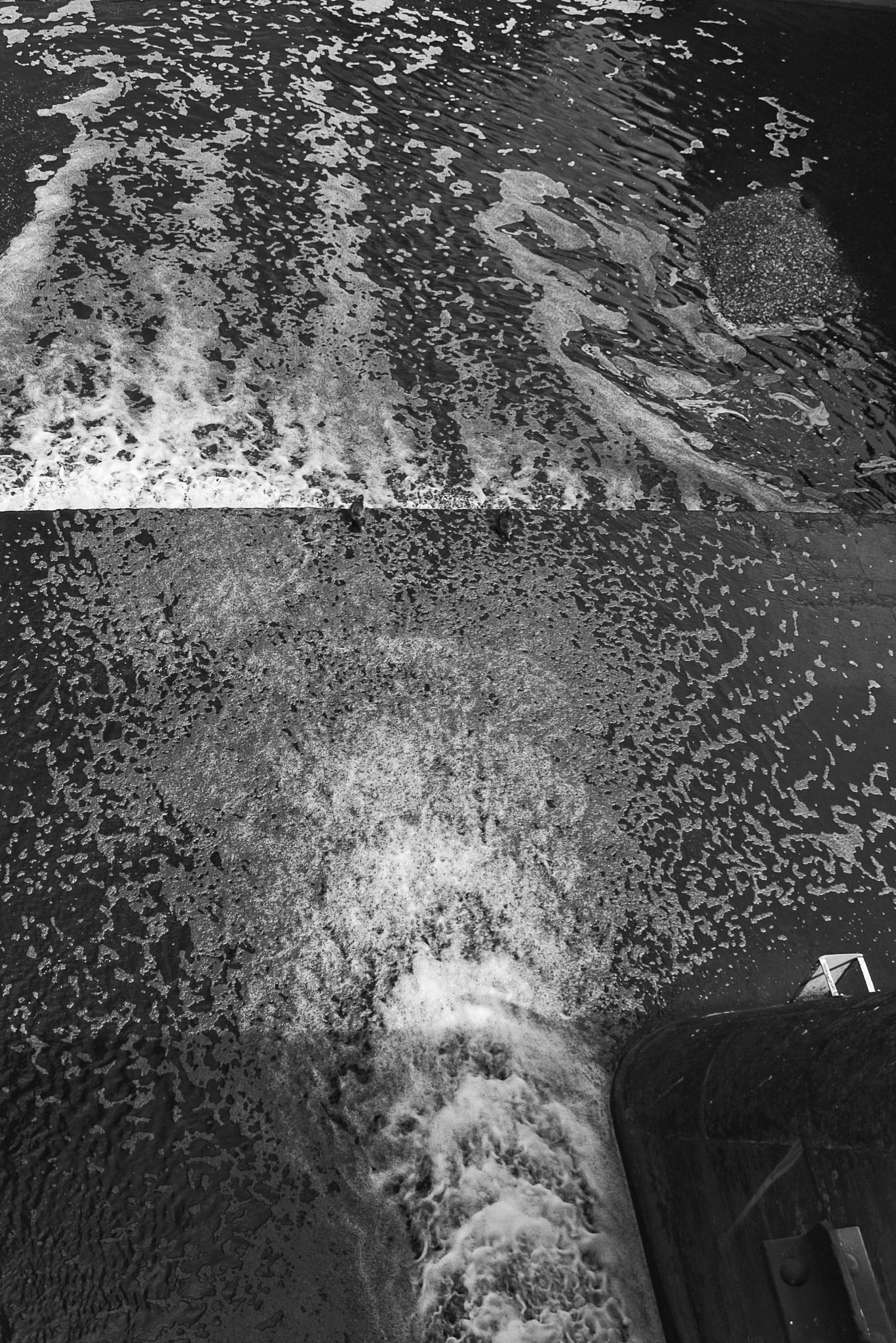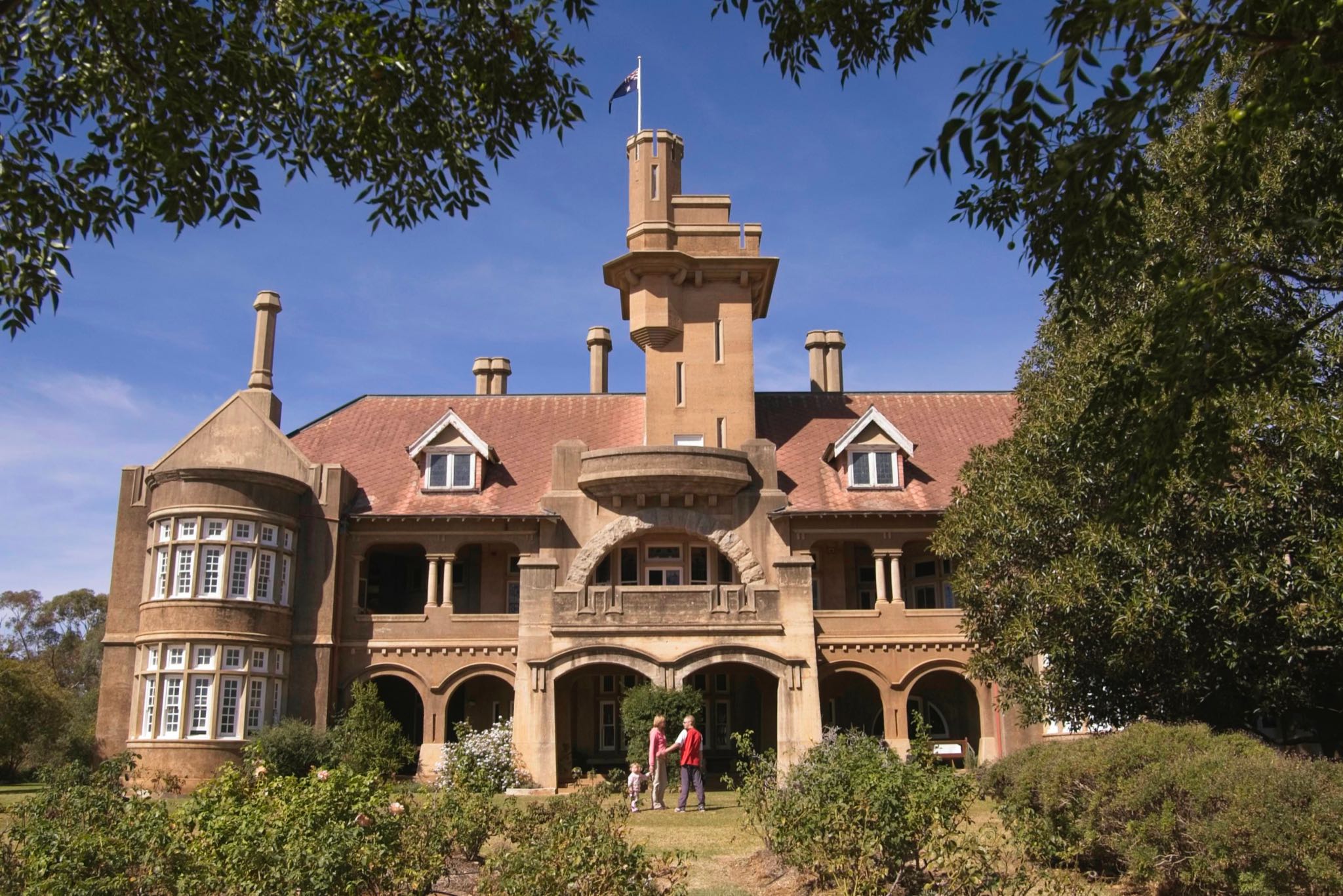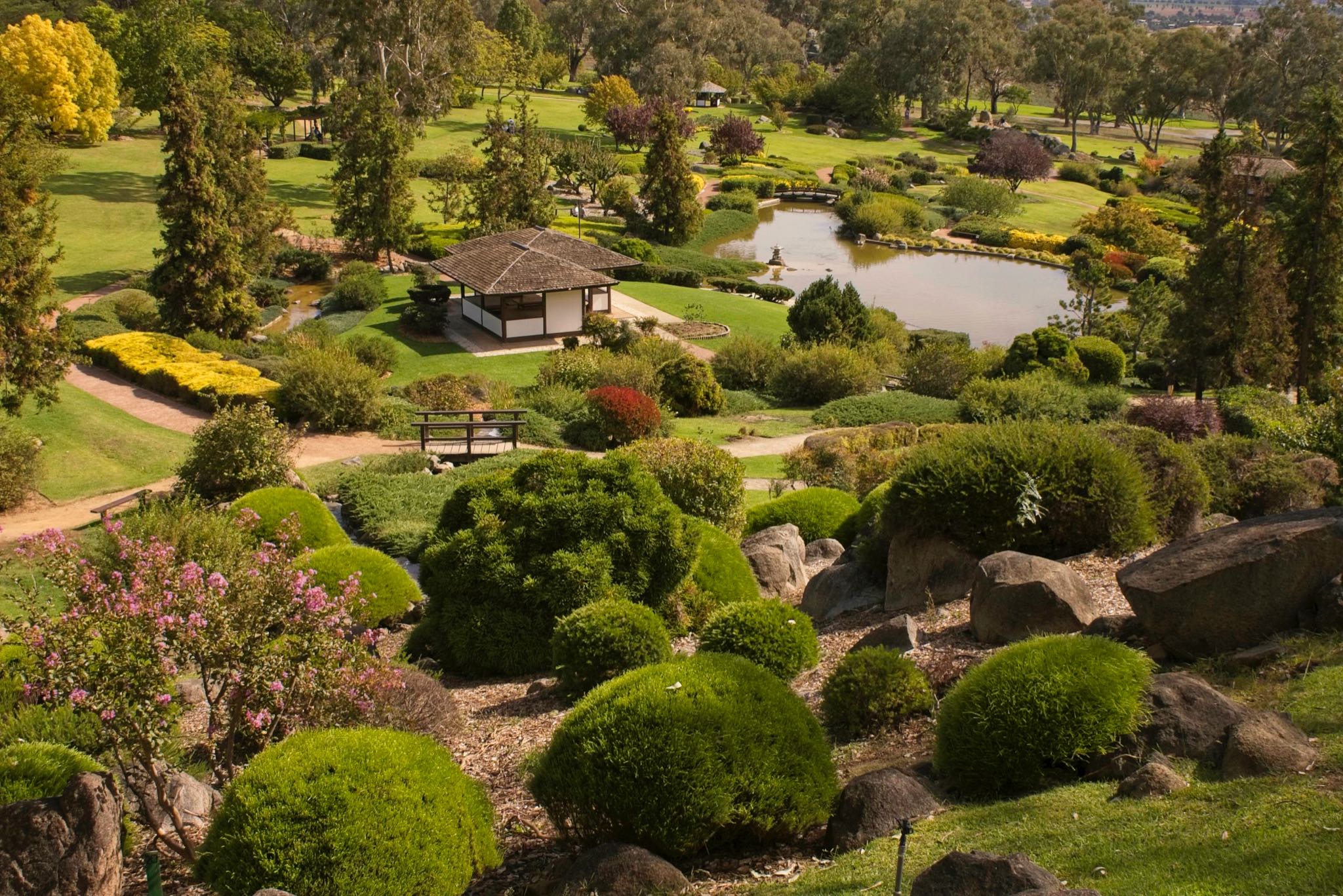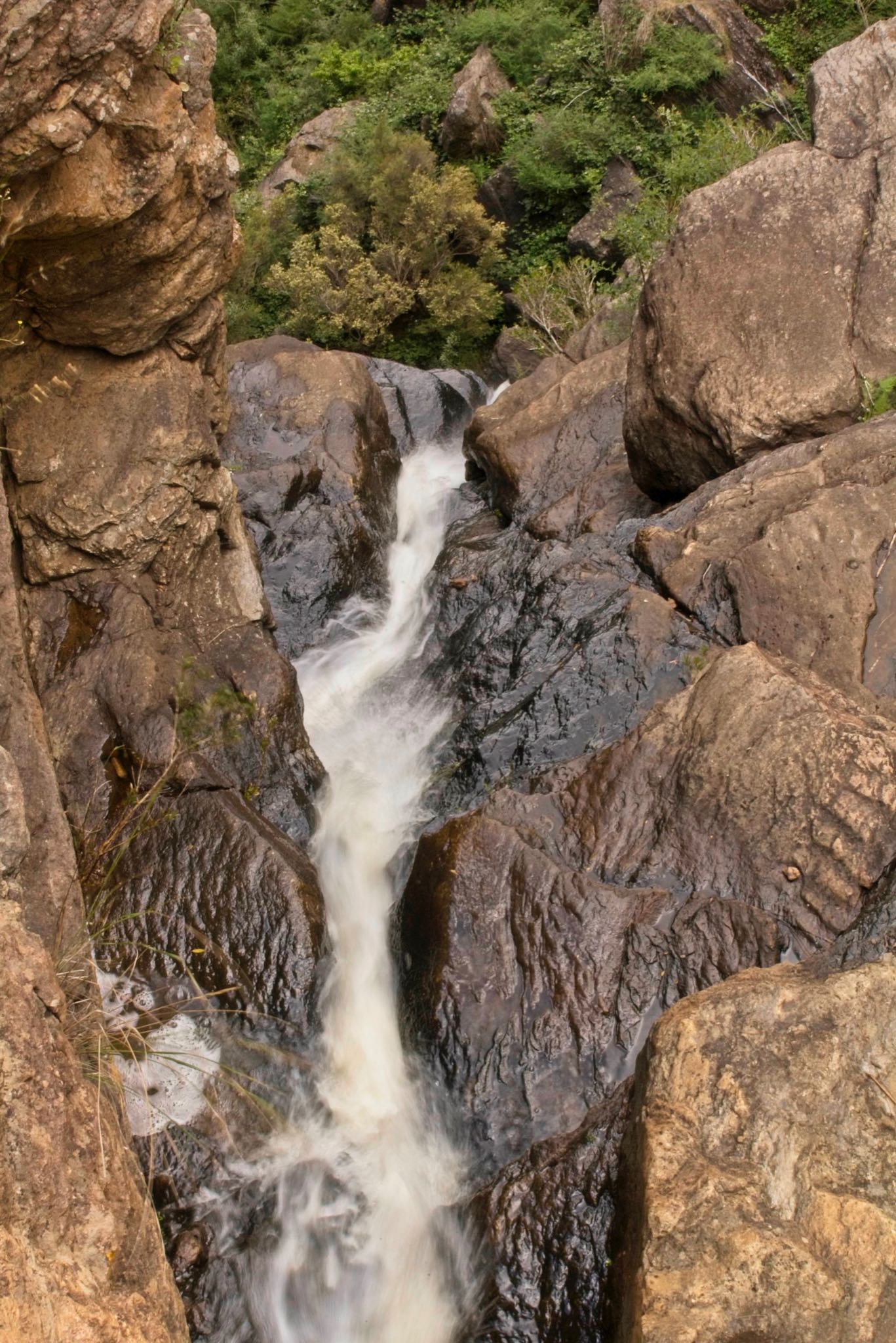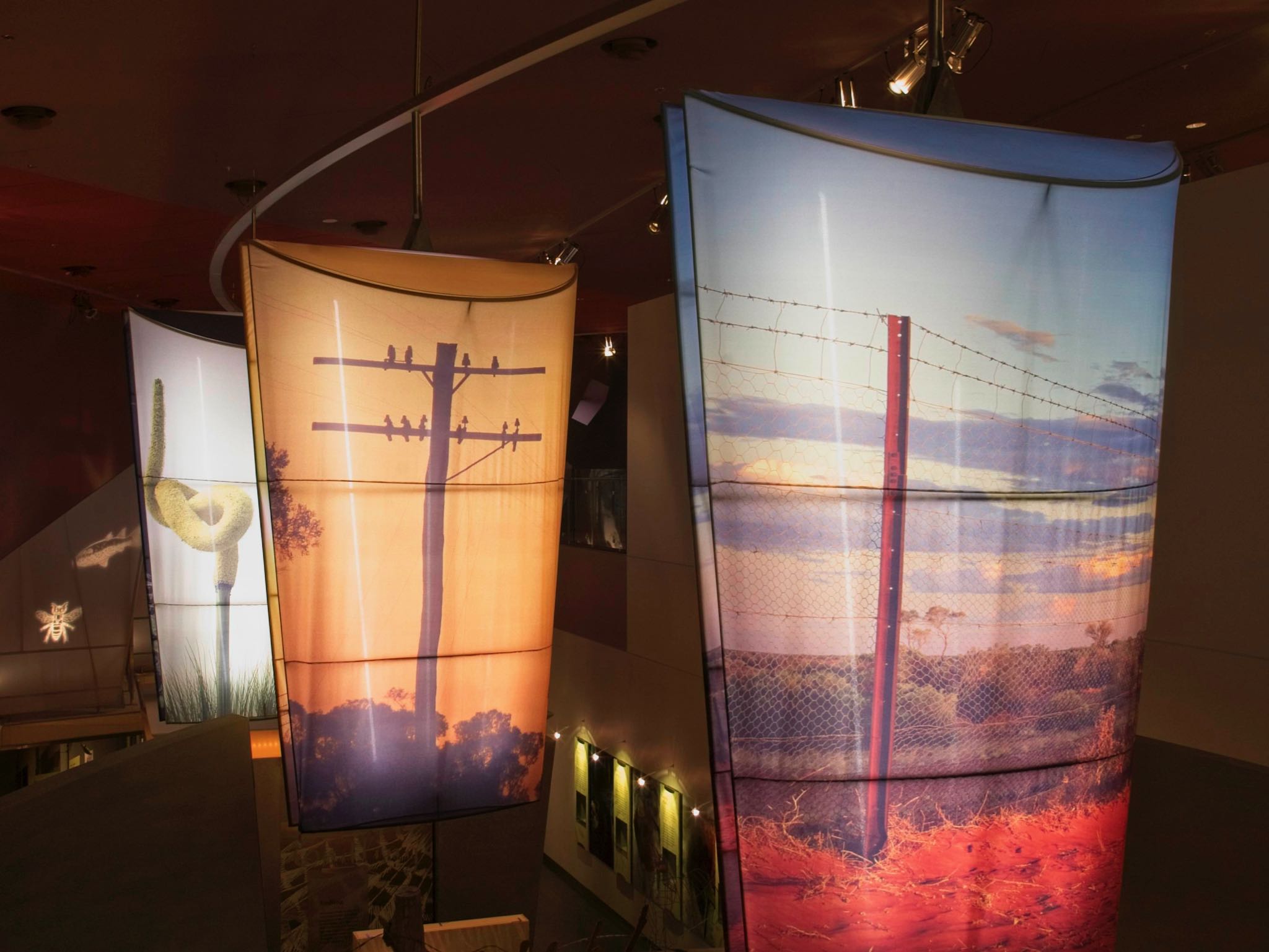Part 3: Pentax *ist D (2005-2008)
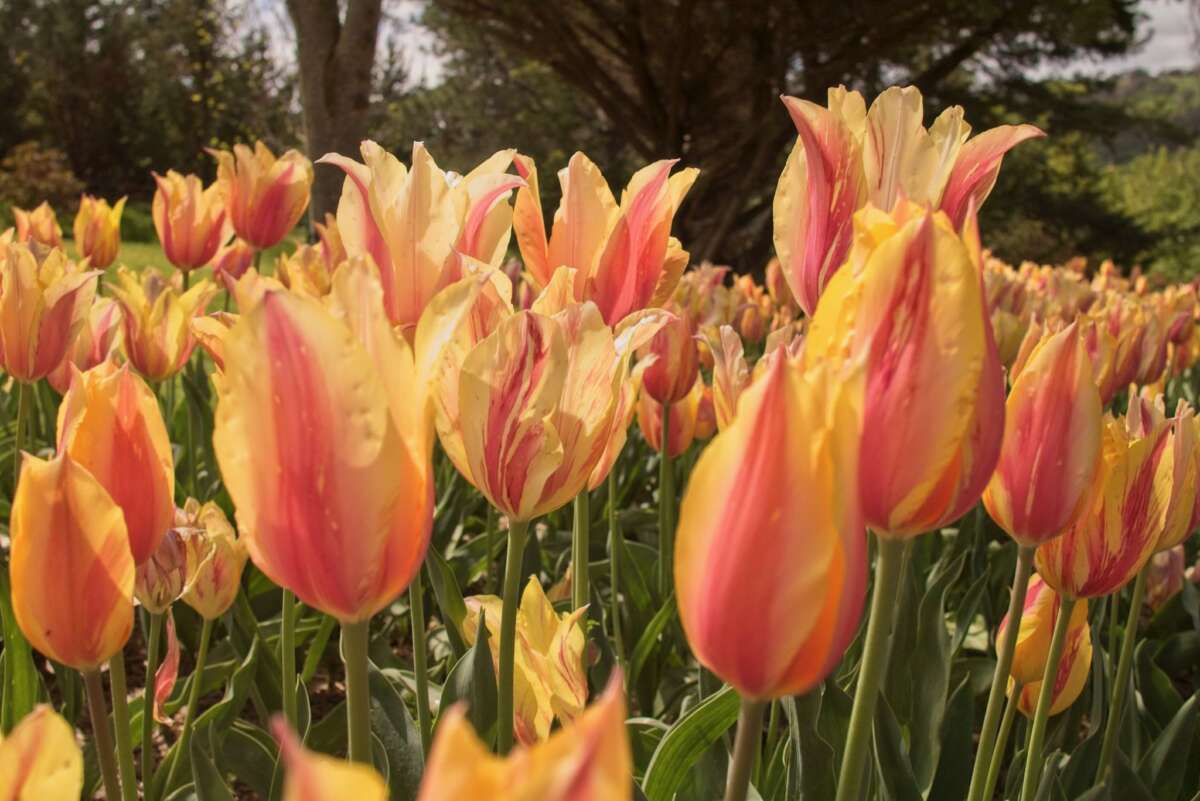
This is part 3 of series of articles celebrating a selection of photographs taken in the last 21 years, from the very first digital camera we purchased in 1999 to the current portfolio of cameras that we use daily. In this article, we focus on photos taken on one of the earliest Digital SLR cameras – the Pentax *ist D.
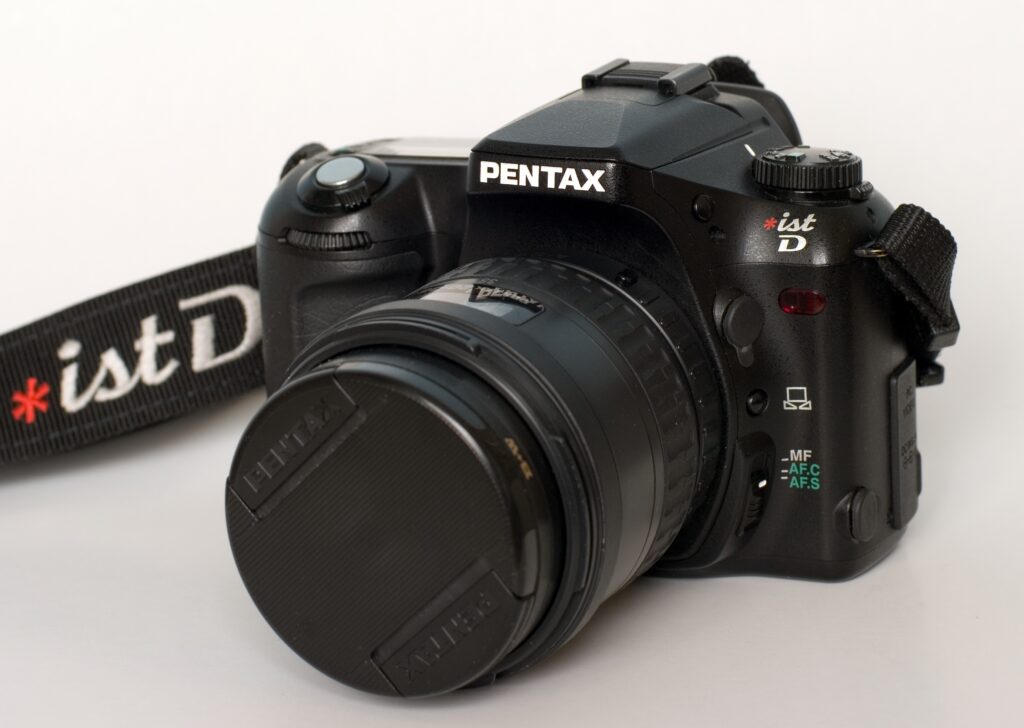
Pentax is one of the pioneer Japanese camera brands that formed the core of Japan’s camera industry and has a long history of innovation with regards to photography. Originally established as Asahi Optical, it was renamed Pentax Corporation after the success of its camera models. Some of Pentax contributions to the development of camera technology include:
- the first Japanese made Single Lens Reflex (SLR) camera using 35mm film (the Asahiflex) in 1952
- the first SLR featuring an instant return mirror system (Asahiflex II) in 1954
- the first fixed pentaprism SLR (the Asahi Pentax) in 1957
- the first first through-the-lens (TTL) metering system (Spotmatic) in 1964
- the first SLR with auto-exposure control (using TTL) (Pentax ES) in 1971
- the first auto-focusing SLR (through lens) (Pentax ME F) in 1979
In other words, Pentax has been the Japanese manufacturer that has introduced many of the fundamental features of almost all SLR cameras today (film or digital). The brand at one stage was so ubiquitous it was featured in the lyrics of several songs (notably “Popsicle Toes” by Michael Franks).
In recent years, Pentax has been eclipsed by better known Japanese camera manufacturers such Canon and Nikon, and the company was subsequently acquired by Hoya, then sold to Ricoh, but still makes cameras today, and retains a core faithful group of customers.
I have owned a number of Pentax cameras over the years, ranging from the Spotmatic (originally released in the year I was born), a number of film cameras (MF and AF), some Digital SLRs (to be covered in other articles in this retrospective series of articles), and the only mirrorless K-system camera Pentax has ever produced (the K-01, which I still have and use today).
In 2003, Pentax released it’s first Digital SLR (DSLR) body – the strangely named *ist D (I suspect it’s intended to be pronounced as the “Starist Digital” rather than “Asterisk D”). Those who are familiar with the use of the “*” symbol as a “wildcard” placeholder when searching for data may prefer to refer to it as “Anything D” or a camera that can take any picture in digital format.
As soon as it was released, I knew I had to buy it, since I already owned Pentax film cameras and lenses. Moreover, Pentax marketed it at the time as the world’s lightest and smallest DSLR, two qualities that immediately appealed to me since my main reason for not buying a DSLR up to that time was the bulk and the weight of other models.
I ended up buying the *ist D in 2004, in time for a visit to Adelaide for the Adelaide Ring Cycle (the first Australian production of the entire Wagner Ring operatic tetralogy – or preview plus trilogy as some purists prefer to classify it). I used it until around 2008 when I replaced it with the Pentax K-10D, the next flagship Pentax model.
Specifications
The Pentax *ist D is Pentax’s first generation DSLR, and features a Sony 6 megapixel sensor in APS-C format. By today’s standards, this resolution is smaller than even the cheapest budget phone camera, but the resolution was considered respectable in 2003.
A companion film camera (the *ist – no D) was also released for traditional film photographers (which is the last film camera Pentax has produced to date). Pentax made the decision to preserve compatibility with ALL their K-mount lenses, initially introduced with the Spotmatic (although the *ist D did not include the mechanical stop-down coupler/indicator, so pre-A lenses require manual aperture adjustment and can only meter with the aperture fully opened).
The camera cost was initially well over A$3000 – a rather expensive amount by today’s standards but quite normal for DSLRS in the mid 2000s.
The Sony CCD sensor doesn’t have a high dynamic range and also has fairly high noise levels (typical of CCD sensor technology) but can be capable of vibrant, highly saturated colours, as I discovered in preparing and reviewing the photos for this article. I was amazed by how eye-popping images look compared to modern digital sensors.
The camera also had a really nice viewfinder with high magnification, plus a top control panel LCD and back LCD display monitor. Unlike other manufacturers who offer PASM modes. Pentax calls their modes P, Av, Tv, M and B, plus a beginner “Green mode” that tries to pick the best shooting setting depending on the situation. Curiously, there are also White Balance, ISO and Image Size mode dial positions (these are normally independently triggered settings on modern DSLRs). The “P” mode (Programmed) allows you to select between “program lines” depending on the shooting parameter you are trying to optimise for (Normal, high speed, shallowest Depth of Field, maximum MTF) which is unique to Pentax and much easier to understand than the various “scene” modes typical on other cameras.
Here are the full specifications:
| Lens support | Pentax KAF2, KAF, KA mount lenses (no Power zoom) K mount lenses (manual aperture and no stopped down metering) S mount lenses (with adapter and aperture control limitations) 67/645 lenses (with adapter and aperture control limitations) |
| Sensor | 23.5 x 15.7 mm (APS-C) CCD interline interlaced sensor with RGB filter array, low pass filter (6.31 million total pixels) |
| ISO | 100-3200 (Auto 100-800) |
| Resolution | 3008 x 2008 |
| Focus | Phase detection (11-area selectable point with TTL phase matching) EV 0 to 19 (ISO 100) detection range AF-Single, AF-Continuous, Manual focus modes |
| Viewfinder | Optical viewfinder with pentaprism (0.95x magnification, 95% frame coverage) Diotric adjustment (-2.0 to +1.0) Viewfinder status information bar |
| Shutter Speed | 30-1/4000 seconds (plus Bulb) |
| White Balance | Auto Daylight Cloudy Shade Tungsten Fluorescent (W, N, D settings) Manual (3 settings) |
| Exposure Compensation | ±3 EV range, in 0.5 EV steps ±2 EV range, in 0.3 EV steps |
| Metering | 16-segment Center-Weighted Average Spot EV 0 to 21 (at ISO 200 with 50 mm / F1.4 lens) |
| Image Format | Raw (DNG) 12 bit, TIFF 8 bit, JPEG (EXIF 2.21) |
| Color Format | sRGB Adobe RGB |
| Video Format | not available |
| Flash | Built in (auto popup) hotshoe (ISO 518) Flash sync 1/150 sec |
| Flash range | 18mm angle coverage Guide number 11 (ISO 100/m) |
| Flash modes | Internal (on, off, Red-eye reduction) External (Hot-shoe with PC sync terminal and various sync modes) |
| Shooting Modes | Green: Auto-exposure with hyper-program P: Programmed AE Mode Tv: Shutter-Priority AE Av: Aperture-Priority AE M: Metered Manual B: Bulb 12- and 2-second self timers IR and wired remote (with optional 3-sec delay) |
| Continuous Rates | 2.7 fps (up to 5 frames) |
| Display | 1.8″ TFT LCD 180,000 pixels (fixed) |
| Storage Format | CompactFlash type I/II with Microdrive support |
| Interfaces | USB 1.1 Video out (NTSC and PAL selectable) DC-IN Remote terminal PC Sync flash terminal |
| Power | 4 x AA batteries (NiMH rechargeable recommended) 2 x CR-V3 Optional AC adapter |
| Size | 129 x 95 x 60 mm |
| Weight | 510 g (no battery or lens) |
I liked that the camera used standard batteries (AA or CR-V3) which means there is no need to carry chargers on a trip, just spare batteries. The size and weight is truly amazing, and competitive with today’s compact-sized DSLRs.
The camera does not record video, and the continuous mode I dare say is not really usable so to all intents and purposes this is a still shooting camera only.
Did I mention vibrant saturated colours?
The Sony CCD sensor used in the camera does not have a high dynamic range, which means it is easy to over-saturate highlights in the image, but the compensation is that the camera has a tendency to create highly saturated colourful images when properly exposed. Images look positively vibrant and eye-popping compared to modern CMOS sensors which are more subtle with a higher overall contrast.
Here are some images that demonstrate the colour rendition.
Some images taken in Canberra just before a storm show how dramatic the impending clouds contrasts against the daylight saturated subjects in the foreground.
The image saturation enhances animal wildlife photographs (as long as the subject is not moving too rapidly).
What happens when you over-expose even slightly? Well, you get blown highlights, as can clearly be seen on the head of the polar bear.
Lost in Time
This is the former Raj Mahal Emporium, located at Woolgoolga, a small town just north of Coffs Harbour in NSW, Australia. Famous for it’s Sikh community and the Sikh temple, the Raj Mahal was a visitor attraction complete with minarets, elephants and the Koh-I-Noor Indian Restaurant. Sadly by the time we visited it in 2005, it has already fallen into a state of disrepair and was demolished after this picture was taken.
Cradle Mountain
Here are some images taken in Cradle Mountain near Dove Lake, once again showing the highly saturated renditions
Low Light? Not Great
Although the camera is capable of images up to ISO 3200, you really wouldn’t want to exceed even ISO 400. These pictures reveal how noisy the results are.
Miscellaneous
A final set of images, showing how the camera cope in different situations.



